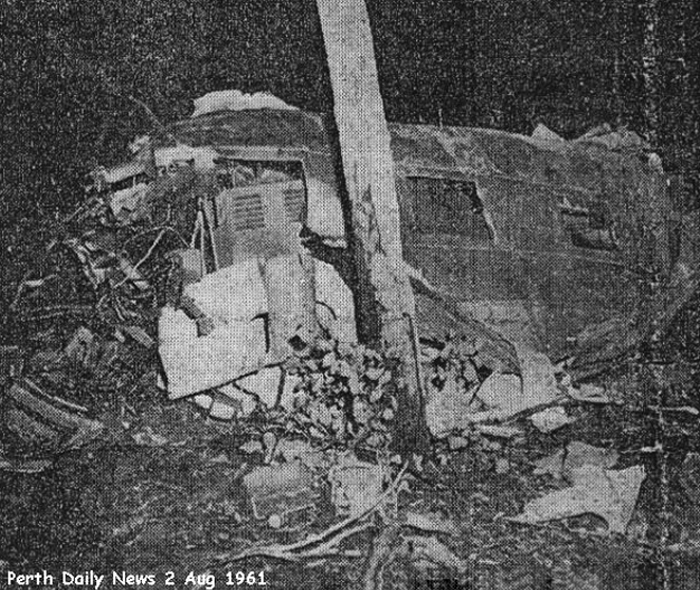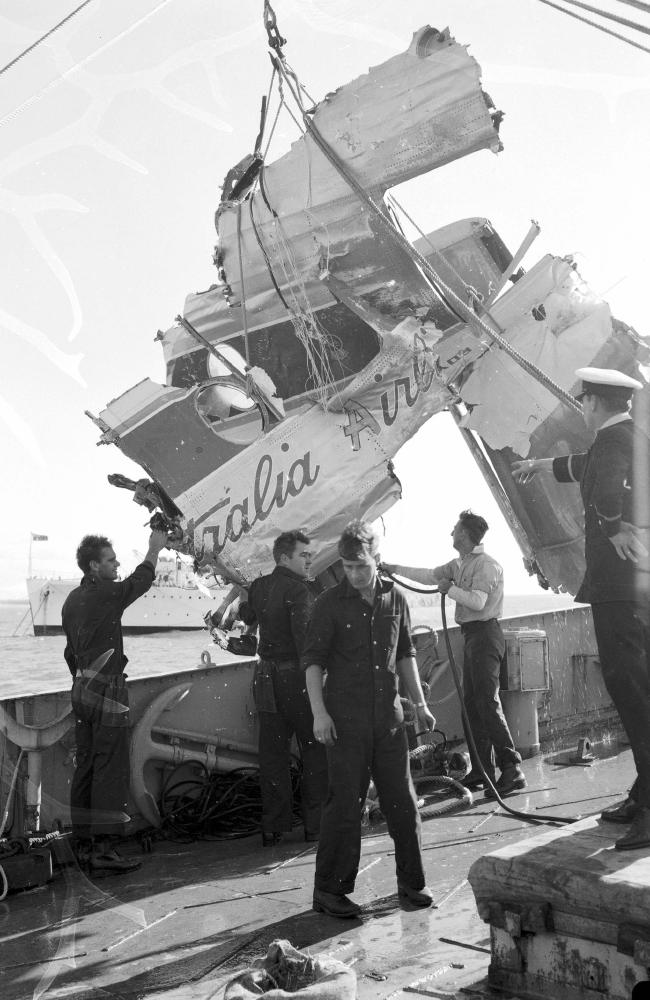Crash of a Douglas C-47B-35-DK in Pearce: 4 killed
Date & Time:
Jul 31, 1961 at 1905 LT
Registration:
A65-106
Survivors:
Yes
Schedule:
Pearce – Edinburgh
MSN:
16542/33290
YOM:
1945
Crew on board:
4
Crew fatalities:
Pax on board:
3
Pax fatalities:
Other fatalities:
Total fatalities:
4
Circumstances:
The aircraft and crew had been travelling to a number of locations around Australia on a task for NASA, and were in WA calibrating the Muchea Tracking Station in support of a Project Mercury space launch. They had intended to leave for home base, RAAF Edinburgh in South Australia, earlier in the day, however the calibration had been delayed due to technical difficulties at Muchea which, being a mobile tracking station, was not as electronically stable as the fixed installations. A65-106 finally departed Pearce off Runway 18 after dusk and in passing rain showers. During initial climb, the airplane crashed few km from the airfield. All four crew members were killed while all three passengers were injured. The aircraft was destroyed.
Crew:
F/O W. J. Bowden, pilot,
F/Sgt P. F. Davis, copilot,
F/O R. G. White, navigator,
F/Lt A. J. Cook, signaller.
Passengers:
LAC R. A. Leiper,
LAC W. Miles,
Mr. N. A. McBain.
Source: http://www.adf-gallery.com.au/
Crew:
F/O W. J. Bowden, pilot,
F/Sgt P. F. Davis, copilot,
F/O R. G. White, navigator,
F/Lt A. J. Cook, signaller.
Passengers:
LAC R. A. Leiper,
LAC W. Miles,
Mr. N. A. McBain.
Source: http://www.adf-gallery.com.au/


















